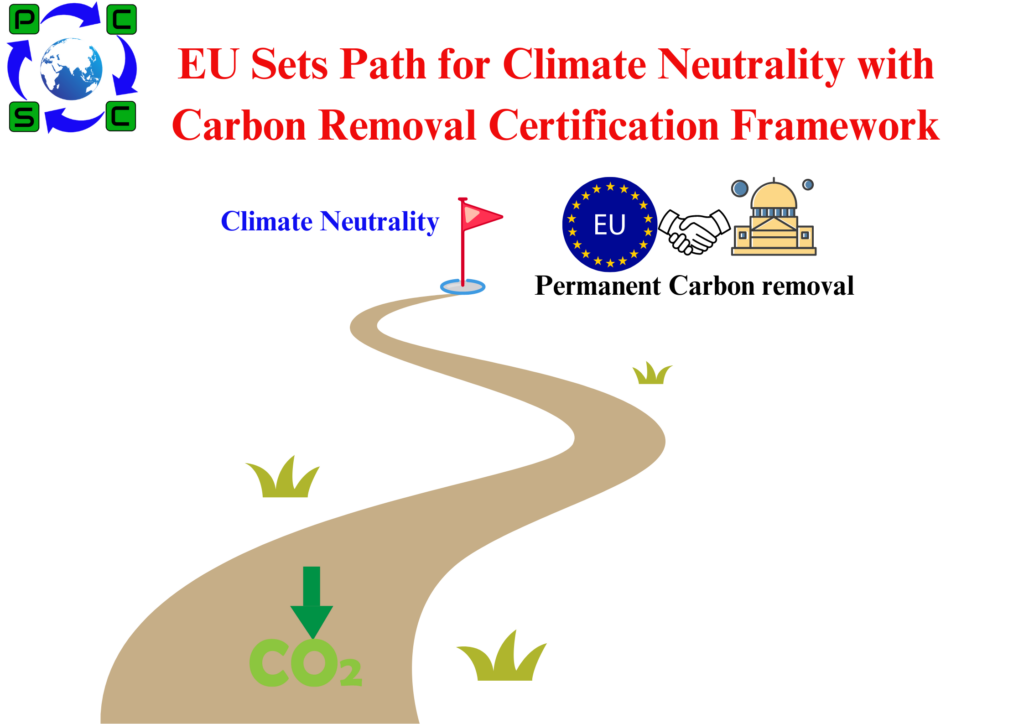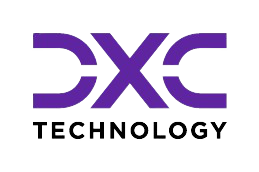 On a proposal to provide the first EU-level certification system for permanent carbon removals, carbon farming, and carbon storage in goods, Council and European Parliament negotiators established a tentative political agreement. The EU’s deployment of high-quality carbon removal and soil emission reduction initiatives is meant to be facilitated and accelerated by the voluntary framework.
On a proposal to provide the first EU-level certification system for permanent carbon removals, carbon farming, and carbon storage in goods, Council and European Parliament negotiators established a tentative political agreement. The EU’s deployment of high-quality carbon removal and soil emission reduction initiatives is meant to be facilitated and accelerated by the voluntary framework.
When the rule comes into effect, it will be the first step toward establishing a thorough framework for soil emission reduction and carbon removal in EU legislation. It will also help the EU achieve its ambitious objective of being climate neutral by 2050, as outlined in the European Climate Law.
The agreement made today is just temporary until it is formally accepted by both organizations.
Principal components of the contract:
The regulation’s scope:
According to the UN Intergovernmental Panel on Climate Change (IPCC), the rule would include an open definition of carbon removals that excludes atmospheric and biogenic carbon removals. The following carbon removal and emission reduction activities will be covered, and four matching types of units will be distinguished:
- permanent removal of carbon (keeping atmospheric or biogenic carbon in storage for a number of millennia)
- transient carbon storage in durable goods (such wood-based building materials) that can be observed on-site for the duration of the monitoring period and have a minimum 35-year lifespan.
- carbon farming’s short-term carbon storage (e.g., regenerating forests and soil, managing wetlands, seagrass meadows)
- reducing soil emissions (from carbon farming), which includes reducing soil management’s carbon and nitrous oxide emissions. This activity must either increase soils’ removal of carbon through biological matter or reduce soil emissions overall. Examples of such activities include managing wetlands, avoiding tilling and cover crops, using less fertilizer in conjunction with soil management techniques, etc.
In contrast to the Commission’s plan, this entails expanding the regulation’s purview to include reductions in soil emissions. For carbon farming and soil emission reduction initiatives to be approved, their temporary carbon storage must endure for a minimum of five years and cannot result in the acquisition of property for speculative reasons that would adversely impact rural people.
The Commission’s assignment is to prepare a report by 2026 regarding the viability of certifying actions that lower emissions outside soil-related ones (nitrous oxide and carbon). Based on a pilot certification approach for enteric fermentation and manure management activities that lower agricultural emissions, the report will be produced.
The legislation does not apply to activities like averted deforestation or renewable energy initiatives that do not result in soil emission reductions or carbon removals. The co-legislators also decided to make it clear that operators and activities in maritime settings are under the regulation’s purview and to remove improved hydrocarbon recovery from the list of permanent carbon removal activities.
The new regulations will be applicable to events occurring within the EU. However, the Commission should take into account the prospect of permitting geological carbon storage in third-country neighbours when revisiting the legislation, given that such nations comply with EU safety and environmental regulations.
Standards and process for certification
The four essential requirements for certification of carbon removal activities—quantification, additionality, long-term storage, and sustainability—remain unchanged in the preliminary agreement from the Commission plan.
In order to ensure the accurate, consistent, and economical use of the carbon removal criteria, the Commission will create customized certification procedures for various kinds of carbon removal operations based on these criteria, with the assistance of an expert group. The co-legislators have implemented several modifications to provide a clearer definition of the standards by which the methodology must be established. Additionally, they have incorporated a set of guidelines that indicate which tasks should be given priority.
The co-legislators decided to keep the major components of the certification procedure and its voluntary character, but they also added more details about how the process operates.
The co-legislators have provided additional guidance on how the sustainability objectives for carbon farming should be interpreted. Specifically, they have said that any carbon farming operation must always produce at least one co-benefit related to biodiversity, such as improved soil health and the prevention of land degradation.
The provisional agreement allows member states to advise farmers on the application process for carbon farming activities and permits synergies between the data produced by the certification process under this framework and the LPIS, the Common Agricultural Policy’s identification system for agricultural parcels.
Observation and accountability
The legislation lays forth operator responsibility guidelines and explicit monitoring duties. The negotiators stated that operators will be responsible for handling any cases of reversal (i.e., the release of CO2 back into the atmosphere) resulting from a carbon removal activity during the monitoring period. They also agreed to make a distinction between the activity period and the monitoring period, which always covers at least the activity period.
When creating the certification processes, the Commission is required under the agreement to incorporate explicit liability procedures. Liability procedures must to encompass provisions for reversal, as well as the ramifications of partial or disrupted monitoring and operator non-compliance during the monitoring duration. They could consist of upfront insurance methods, group buffers, or accounting of carbon removal units.
European Union registry
The co-legislators’ agreement requires the Commission to create an electronic, transparent, common registry for the entire EU four years after the regulation goes into effect. This registry will allow the public to access and view information on certification and units, including summaries of certification audits and certificates of compliance. Up to that point, public registers built on automated and interoperable systems must be provided by certification schemes operating within the framework. The co-legislators also proposed regulations for the EU registry’s funding, which will come from yearly set user fees that are commensurate with the registry’s usage.








 Authorised IMDS & CDX Training & Consulting partner for
Authorised IMDS & CDX Training & Consulting partner for






